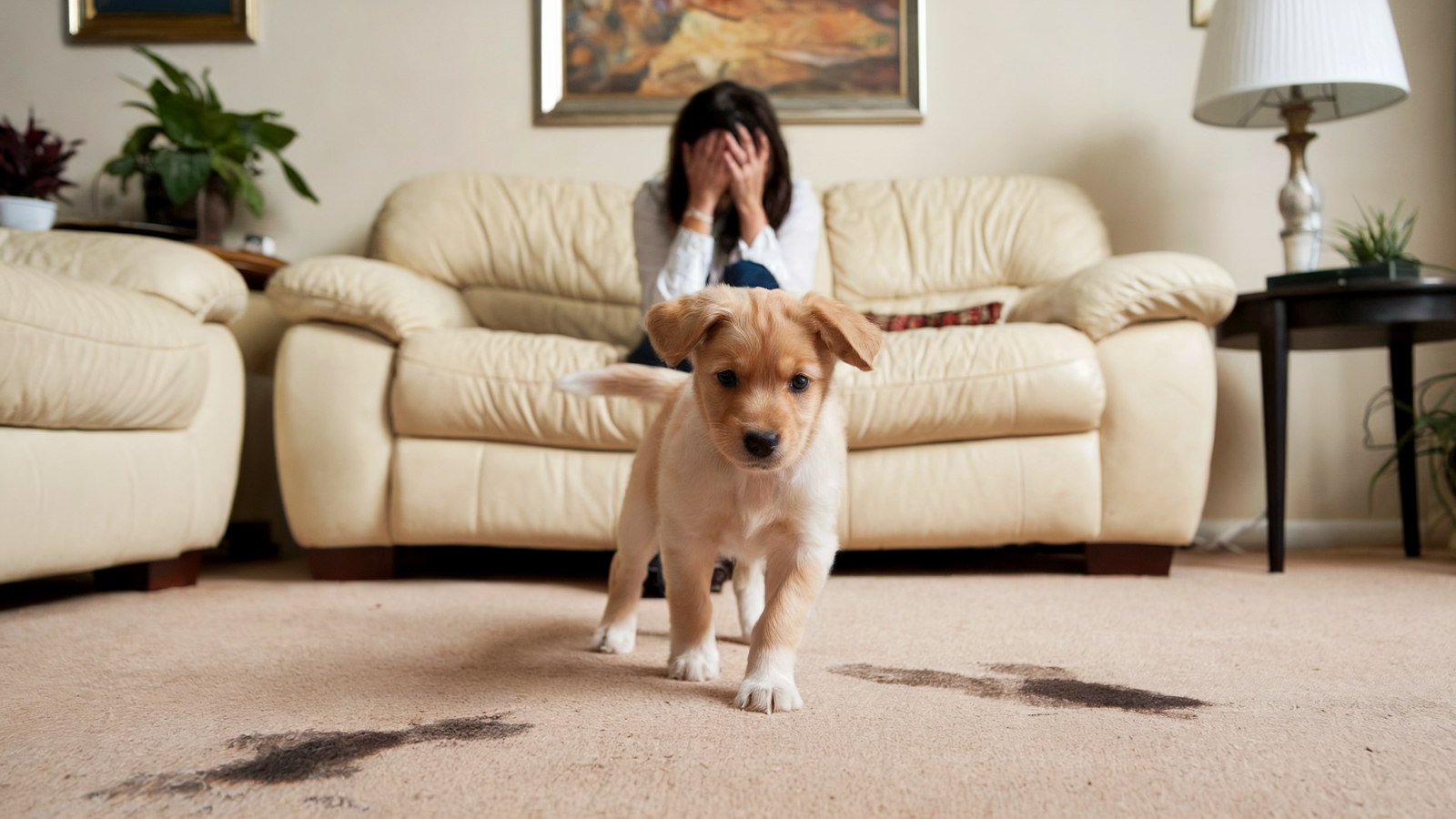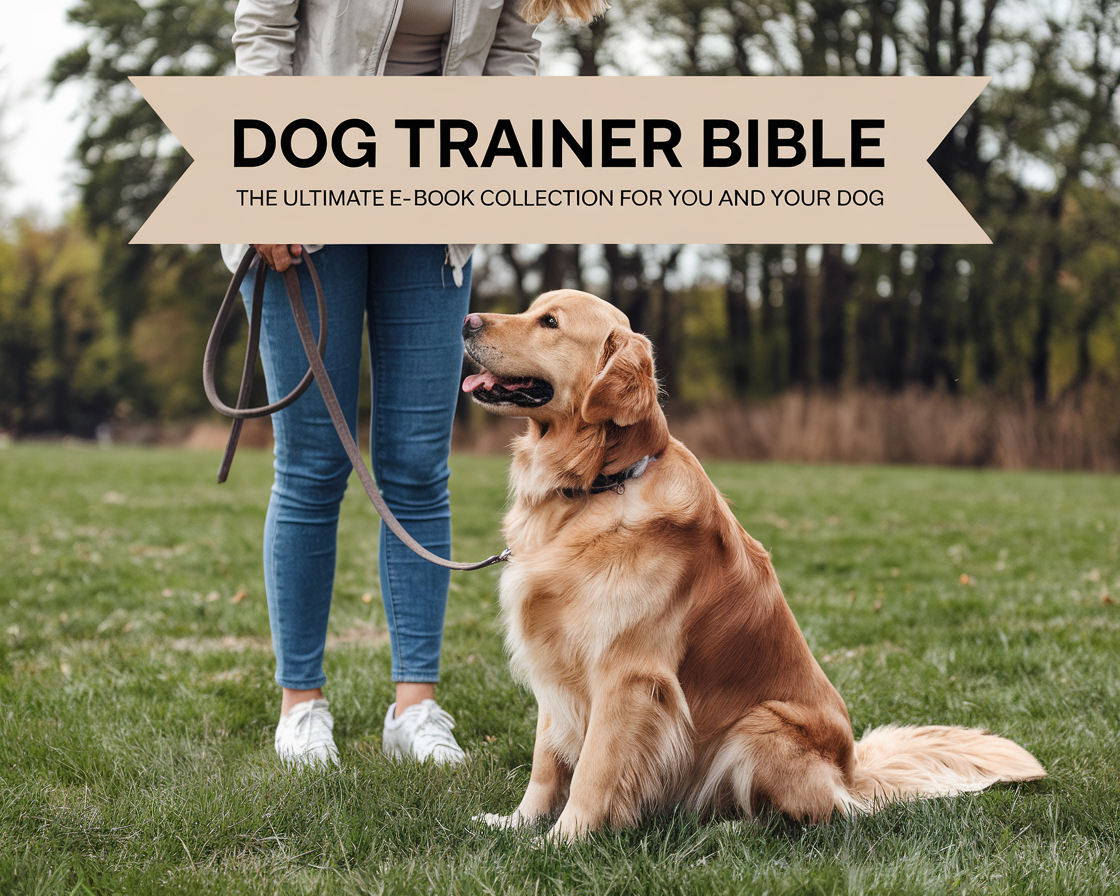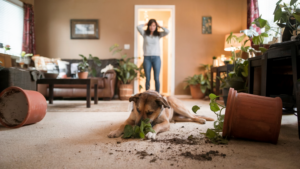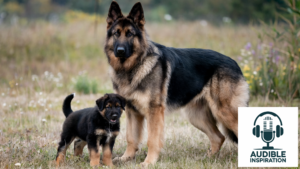Bringing a new puppy home is thrilling, but it has its challenges. Potty training is often the biggest hurdle. It’s a rollercoaster of successes and setbacks.
Puppy house training problems is the top reason dog owners seek help. Understanding common mistakes can make a huge difference. This knowledge can smooth out the path to a well-trained pup.
Trust is crucial in dog potty training. Building a bond with your furry friend sets the stage for success. It’s like forming a team against accidents.
Consistency is key in this process. Dogs love routines, so a solid plan is essential. It helps avoid frustrations and keeps everyone on track.
Crate training can be a powerful tool for potty training. It provides structure and helps your pup learn bladder control. Let’s explore five common potty training mistakes and how to overcome them.

Understanding the Importance of Proper Dog Potty Training
Potty training is vital for raising a well-behaved dog. House soiling often leads to dogs ending up in shelters. Mastering this skill benefits both you and your furry friend.
Benefits of Successful Potty Training
Investing time in potty training creates a cleaner home and a happier pet relationship. It can lead to fewer indoor accidents and reduced stress.
Proper training also improves overall obedience. It strengthens the bond between you and your dog.
- Fewer accidents indoors
- Reduced stress for both you and your dog
- Improved overall obedience
- A stronger bond between you and your pet
Long-term Impact on Dog Behavior
Potty training affects more than just cleanliness. It shapes your dog’s behavior and confidence over time. Dogs thrive on routine and clear expectations.
Consistent potty habits help your dog feel secure. This creates a better understanding between you and your pet.
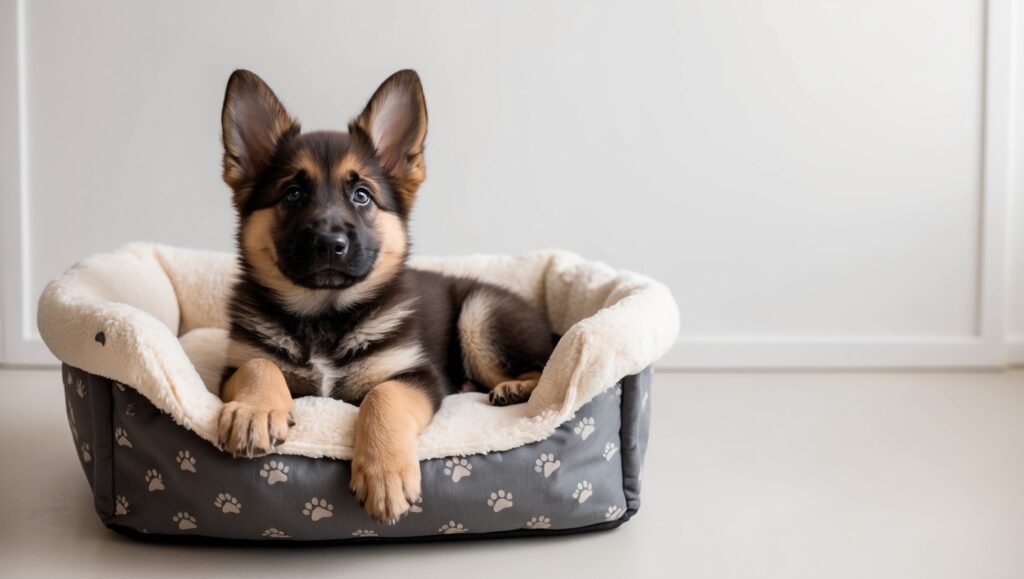
Creating a Positive Home Environment
Effective toilet training requires a positive atmosphere. Use patience, consistency, and lots of praise. Puppies can typically control their bladder for one hour per month of age.
A 2-month-old puppy might need breaks every two hours. Understand your dog’s needs and respond with kindness. This creates a thriving home for both of you.
“Proper potty training is an investment in your dog’s future and your peace of mind.”
1. Starting Too Early: Recognizing Signs of Readiness
Potty training puppies can be challenging, especially if started too early. Puppies need to reach certain physical and mental milestones first. Understanding readiness signs is key for successful potty training.
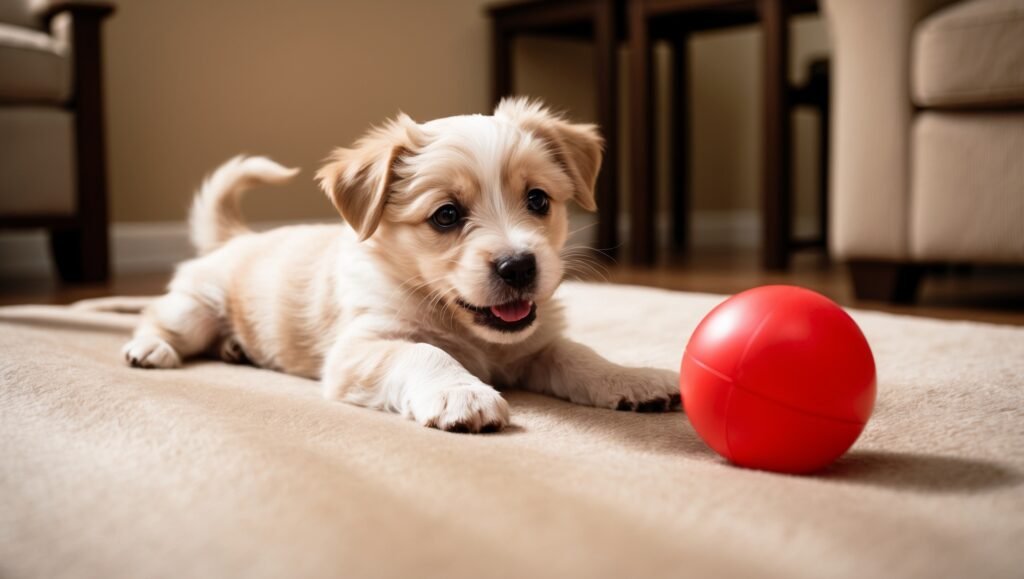
Puppies are usually ready for potty training between 8 and 16 weeks old. But every puppy develops differently. Look for these readiness signs instead of focusing only on age:
- Consistent bladder and bowel control
- Interest in the designated potty area
- Ability to follow basic commands
- Staying dry for longer periods
- Showing discomfort when needing to go
Starting too early can lead to frustration and setbacks. If your puppy isn’t showing these signs, it’s best to wait. Rushing might cause accidents and confusion, making the experience stressful for everyone.
“Patience is key when potty training puppies. Wait for the right moment, and success will follow.”
Begin a consistent potty training routine when you notice readiness signs. Remember, every puppy learns differently. Stay patient and use positive reinforcement.
Celebrate small victories along the way. With time and dedication, your puppy will master proper potty habits.
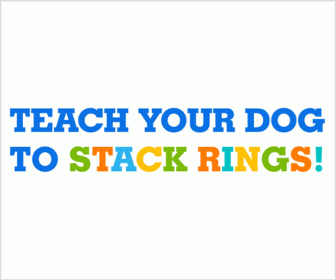
2. Inconsistency: The Key to Successful Dog Potty Training
Consistency is vital for dog poop training success. A solid routine helps puppies understand when and where to eliminate. Puppies thrive on predictability, making a consistent schedule crucial.
Establishing a routine
Set a schedule for feeding, walking, and potty breaks. Take your puppy out regularly, especially after meals, naps, and playtime. This helps them link specific times with bathroom needs.
Young puppies may need frequent outings due to limited bladder control. Take them out every 1-2 hours for best results.
Maintaining consistency across all family members
Everyone in the house should follow the same rules during training. Use consistent words or phrases to signal potty time. This prevents confusion and reinforces desired behavior.
When all family members stick to the plan, puppies learn faster. They also have fewer accidents, making training more effective.
Adapting the routine for different situations
Flexibility is important, even with a consistent routine. Adapt your training for travel or schedule changes. Maintain core principles in new environments to reinforce good habits.
This adaptability teaches your puppy that potty rules apply everywhere. It helps them understand expectations, no matter the location.
“Consistency is the foundation of successful potty training. Stick to your routine, even when faced with setbacks or accidents.”
Potty training requires time and patience. Don’t rush or slack off when your puppy shows progress. Stay committed to your routine for lasting results in bathroom habits.
Want a complete guide that covers everything about choosing, taking care of, maintaining, and training your dog, including routines for potty training ? Try Dog Trainer Bible – The Ultimate eBook Collection.
3. Overusing Disposable Training Pads
Disposable training pads can help with puppy house training. A pack of 100 pads costs about $24.99, reduced from $34.99. These pads have a scent that attracts puppies.
However, using too many pads can slow down dog crate training. Puppies aged 8-16 weeks need potty breaks every 30 minutes when awake. This might make you rely on pads too much.
It’s better to use pads sparingly during early puppy house training. This makes it easier to teach outdoor bathroom habits later.
“Overusing puppy pads can make it harder to transition to outdoor bathroom breaks.”
To avoid overusing pads, try these alternatives for dog crate training:
- Turf potties
- Pine potties
- Litter boxes
These options work well for very young or small dogs. They’re also good for dogs in high-rise apartments. The goal is to slowly stop using indoor potty solutions.
As your puppy learns outdoor habits, reduce indoor options. This leads to better long-term house training results.
4. Neglecting Positive Reinforcement
Positive reinforcement is crucial in dog potty training. Praising your pup for proper elimination creates a strong behavior-reward link. This approach sets them up for success.
The power of praise and rewards
Praise and rewards can speed up dog potty training. Enthusiastic praise makes your dog eager to repeat good behavior. This makes housebreaking easier and more enjoyable.
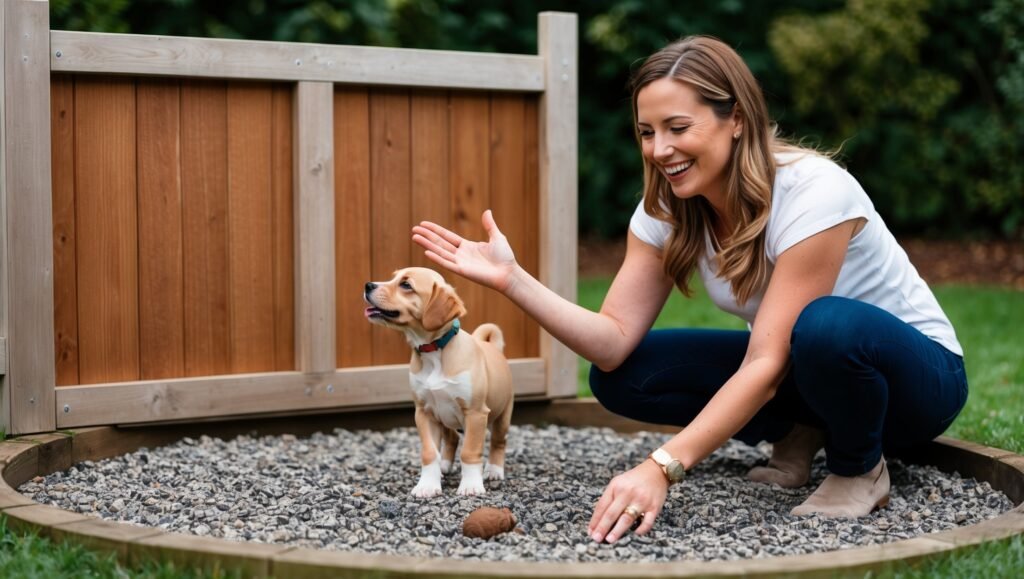
Timing your reinforcement
Timing is key in effective dog potty training. Reward your pup right after they finish their business outside. This helps them connect the action with the reward.
Delayed praise might confuse your dog. It can slow down the housebreaking process.
Choosing appropriate rewards
Select rewards that motivate your dog. Some dogs love treats, while others prefer toys or playtime. Experiment to find what works best for your furry friend.
The right reward can make housebreaking dogs much easier.
“Positive reinforcement is not about bribing your dog. It’s about creating a positive association with the desired behavior.”
Consistency is key in dog potty training. Use positive reinforcement every time your pup does well. This helps create a lasting habit.
A consistent approach makes the process enjoyable for both you and your dog.
5. Punishing Accidents: A Counterproductive Approach
Punishing accidents during potty training is harmful to dogs. It creates fear and anxiety around elimination. This approach often makes dog toilet training more difficult.
Focus on positive reinforcement instead. Praise your pup and offer treats for using the right spot. This method is proven more effective for potty training.
Consistency is crucial in this process. Take your puppy out every hour or two. Do this especially after meals to set them up for success.
If you catch an accident, calmly guide your dog to the correct spot. Use a leash if needed. Clean messes thoroughly to remove attracting odors.
Remember, accidents are part of learning. With patience, your furry friend will master toilet training quickly.

